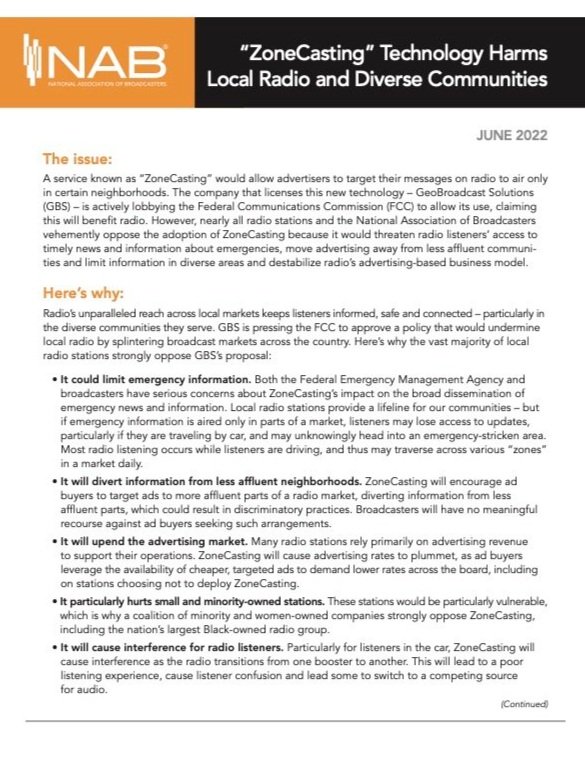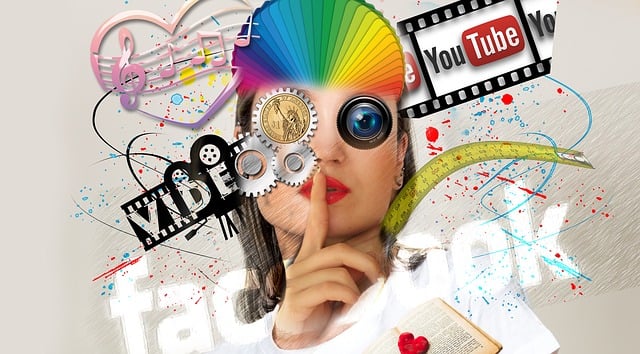
Billboards can be a powerful form of advertising as they allow advertisers reach a large audience in a certain area. There are many factors that can affect the cost of billboards. You need to know what to expect when you invest in outdoor marketing. You need to first decide what you want to promote, which billboards would you like to use and which location is most suitable for your company.
The cost of a billboard will vary depending on what type of billboard it is, where it is located, how busy the area is at that time, and the traffic. Other fees might apply such as maintenance or repairs.
Standard sizes for billboards include 14 ft.x38 ft., 16 ft.x60 ft. These are just some of the options. You have the option of smaller billboards such as 12 ft.x24ft., or even 10ft.x24ft., or a larger billboard such as 32 ft.x38ft., or a mobile billboard that is mounted on a truck carrying goods.

You have two options when it comes to the cost of advertising on billboards: you can either pay a fixed price for an agreed period of time or you can pay per impression (CPM). This type of advertising is growing in popularity because it gives the advertiser more transparency and flexibility. It allows you to determine how effective your message will reach your target audience.
You will pay more for billboard ads if your target audience is in urban areas such as New York City, Los Angeles and Chicago. Paying lower rates is possible for rural areas. Similarly, if you are targeting a more elite clientele, you can expect to pay more.
There are two types - static and digital billboards. A static billboard is typically placed on a stationary structure. Static billboards are usually placed on stationary structures. These billboards are usually more expensive than mobile billboards. Mobile billboards are usually placed on promotional cars in busy cities. These billboards can be purchased for anywhere between $800 and $3,600.
If you are interested in paying a high price for a digital billboard, you will need to determine the demographics of the audience. These factors include the income level and age of individuals who pass by the digital billboard. Demographics can also be affected by the speed of vehicles and the size billboard.

The type of material used is another factor that can influence the billboard's cost. Vinyl is the standard material for physical billboards. A vinyl billboard is $0.50 per square feet. Likewise, a professional design firm will charge $300 to $500. Many companies employ in-house graphic designers to reduce advertising costs.
Below are guidelines to help you figure out the average billboard price. The ideal location for a billboard should be in good light and get lots of views.
FAQ
What is branding?
Your brand is the way you express who you are and what your stand for. It is how people remember your name.
Branding involves creating an identity that makes your company stand out. A brand isn't just a logo. It also includes everything you do, including your physical appearance as well as the tone of voice that employees use.
Because customers know exactly what they are getting, strong brands help them feel confident in purchasing from you. They also feel more confident choosing your products than those from competitors.
Apple is a good example of a company that has a strong brand. Apple's brand is well-known for its stylish design, high-quality products and outstanding customer support.
Apple's brand is synonymous with technology. Apple is what people think about when they see a smartphone, computer or tablet.
If you're considering starting a new business, you should consider developing a brand before launching. This will give you and your business a face.
Advertising: What does it mean?
Advertising is an art. Advertising isn't just about selling products. It's about creating emotional connections between people and brands.
Advertising is about sharing stories and using images for ideas.
You must communicate clearly and persuasively. It is important to share a story that appeals to your target audience.
Advertising is thus different from other forms, such public speaking, writing, and presentations.
When you create a winning ad campaign, it is creating your brand identity.
This is how you are memorable. You are someone people remember.
How can I select my target audience?
Start with yourself and those close to you. Do you not know where to start? Ask yourself "Whom do I want to reach?"
Ask yourself these questions: Who are the most influential people in my industry? What problems do they deal with daily? Who are my top-ranking people? Where do they hang out online?
Start at the beginning of your business. What motivated you to start your business? What was your problem and how did it solve?
These answers will allow you to determine who your ideal customers are. Learn more about them and why they choose to do business with you.
You can also look at your competitors' websites and social media pages to find clues about whom they cater to.
Once you have identified your target customers you will need to choose the channel to reach them. For example, if your company provides services to real estate agents, you might create an informational website targeting home buyers.
If your company provides software to small businesses, you might consider creating a blog for those owners.
If you sell clothing, you can create a Facebook fan page for teens. Or if you're a restaurant owner, you could set up a Twitter account for parents looking for kid-friendly places to eat.
This is the point: There are many ways to communicate your message.
What should you know about printing advertising?
Print advertising is a great medium to communicate with customers. Print advertising is used extensively by companies to promote their products or services. Its main purpose is to grab the attention of consumers.
Print ads are typically short (1 page) and usually include text, photos, logos, or other graphics. You may also find sound, animation, video and hyperlinks.
The following are the main types print advertisements:
1. Brochures: These large-format printed pieces are meant to draw customers into stores. Brochures are filled with eye-catching designs, colorful pictures, and attractive graphics.
2. Catalogues- These are smaller versions and variants of brochures. They are typically sent to customers who have requested information on specific items.
3. Flyers – These are tiny pieces of paper distributed at events like concerts or fairs. Flyers can be handed out at retail outlets for a small fee, but are generally free.
4. Posters – These are larger versions than flyers. They are displayed on walls, fences, and buildings. These are often created with computer software programs to grab the attention of passersby.
5. Direct mail – These are direct mail letters and postcards sent to potential customers. Companies send these out periodically to remind existing customers about their business.
6. Newspaper Ads are placed in newspapers and magazines. They can be quite lengthy and often include text as well as images.
What is an ad-campaign?
Advertising campaign refers to a series of advertisements intended to promote a product. It can also refer to the whole production of such ads.
The Latin word "to sell" gave rise to the term "ad". Marcus Terentius Varro, 116-27 BC, was the first to use it. He used it as a verb that meant "to make a sales."
Advertising campaigns are often carried out by large agencies or companies. They may involve many different media types, including print, television, radio, internet, etc.
Advertising campaigns usually last several months, and they have specific goals. Advertising campaigns can have different goals. Some are focused on increasing sales while others generate awareness.
Social media is a great way to advertise your business.
Social Media Marketing (SMM) allows you to reach customers where they are - on social networks such as Facebook, Twitter, LinkedIn, YouTube, Google+, etc. You can also target certain groups on these networks with keywords.
Because this advertising method costs less online than traditional methods, it's more cost-effective. This method allows you to develop strong relationships with potential and current clients.
It's easy to start using social media to promote your business. All you need is a computer or smartphone and access to the Internet.
How much does advertising on social media cost?
It is important to know that advertising on social media platforms is not free if you decide to do this route. You will be charged monthly for your time spent on each platform.
Facebook - $0.10 per 1000 impressions
Twitter - $0.20 per 1,000 impressions (if you tweet)
Linkedin - $0.30 per 1,000 impressions if you send out invitations
Instagram - $0.50 for 1,000 impressions
Snapchat - $0.60 Per 1,000 Impressions ($0.40 per User)
YouTube - $0.25 per 1,000 views
Tumblr $0.15 for 1,000 impressions text posts
Pinterest - $0.05 per 1,000 impressions per month
Google + $0.15-$0.20 Per 1 Million Impressions
Tumblr- $0.15-$.20 for 100,000 impressions
Vimeo - $0.20-$0.25 per 10,000 impressions
Soundcloud - $0.20-$0.25 per 1 million plays
StumbleUpon - $0.20 -$0.25 per 1 billion pageviews
Digg - $0.20- $0.25 for 1000 diggs
Reddit: $0.20-$0.25 for 1000 comments
Wordpress - $0.20--$0.25 per 500 comments
Flickr - $0.20 -- $0.25 per 5,000 photo uploads
Statistics
- Worldwide spending on advertising in 2015 amounted to an estimated US$529.43 billion. (en.wikipedia.org)
- It collects money from the advertisers, keeps 32% for its role in facilitating the process, and the remaining 68% goes to the publisher (you). (quicksprout.com)
- Nonetheless, advertising spending as a share of GDP was slightly lower – about 2.4 percent. (en.wikipedia.org)
- Advertising spending as a share of GDP was about 2.9 percent. (en.wikipedia.org)
External Links
How To
How to display ads on your website
Ads are essential for any business. They reach potential customers, and keep them coming back.
You can also promote your products or services with ads without spending money on advertising.
Google Adsense allows you to display text or image ads on your blog, website, forum or other online content.
Google Adsense lets you earn revenue for each click on the ad links on your website. To set up your ads, you don't need to code anything.
To get started, just sign up for a free account at www.google.com/adsense. Then follow these steps:
-
Use the Ad Builder to create your ads. You can create a variety of ads with the Ad Builder tool, including text ads, images, videos, and interactive ads.
-
Once you've created your ads and uploaded them to AdSense, To do this, select "Upload" under the "My Ads" section in the left-hand navigation bar.
-
Next, include keywords related to the product or service you are advertising so that it appears in search results for your specific niche.
-
Finally, copy and paste your ads into the appropriate areas of your website. Once you have done this, your ads will be automatically loaded onto the site.
-
Clicking on an advertisement will take visitors to another page of your website, where they can shop for your products and/or services.
-
When someone clicks on an AdSense ad, earnings are transferred to your AdSense account.
-
Click the My Account tab to see reports that detail the performance.
-
Your earnings can also be downloaded as a CSV.
-
Changes to your ads or your target audience can help you increase your earnings.
-
Finally, ads can be paused or deleted at any time.
-
You can also contact us with questions or concerns.